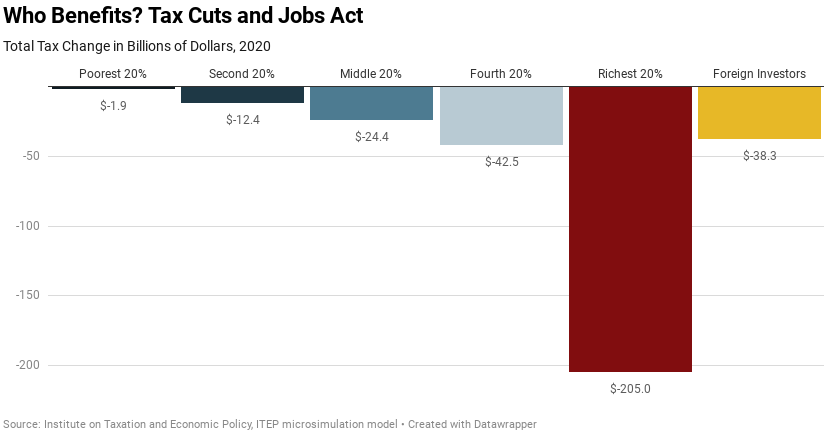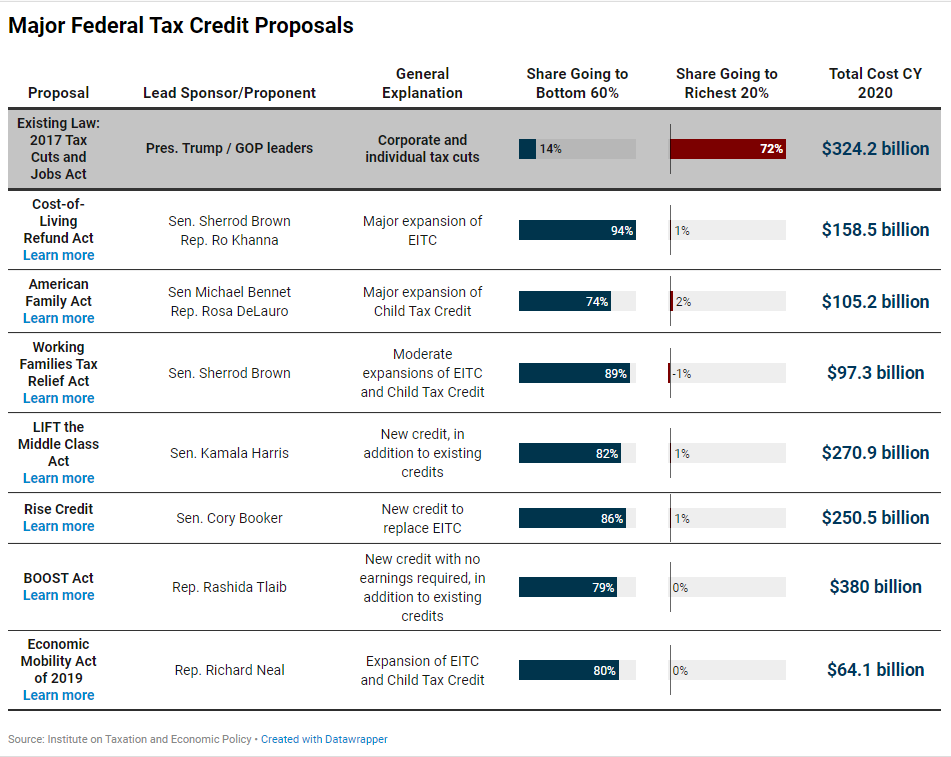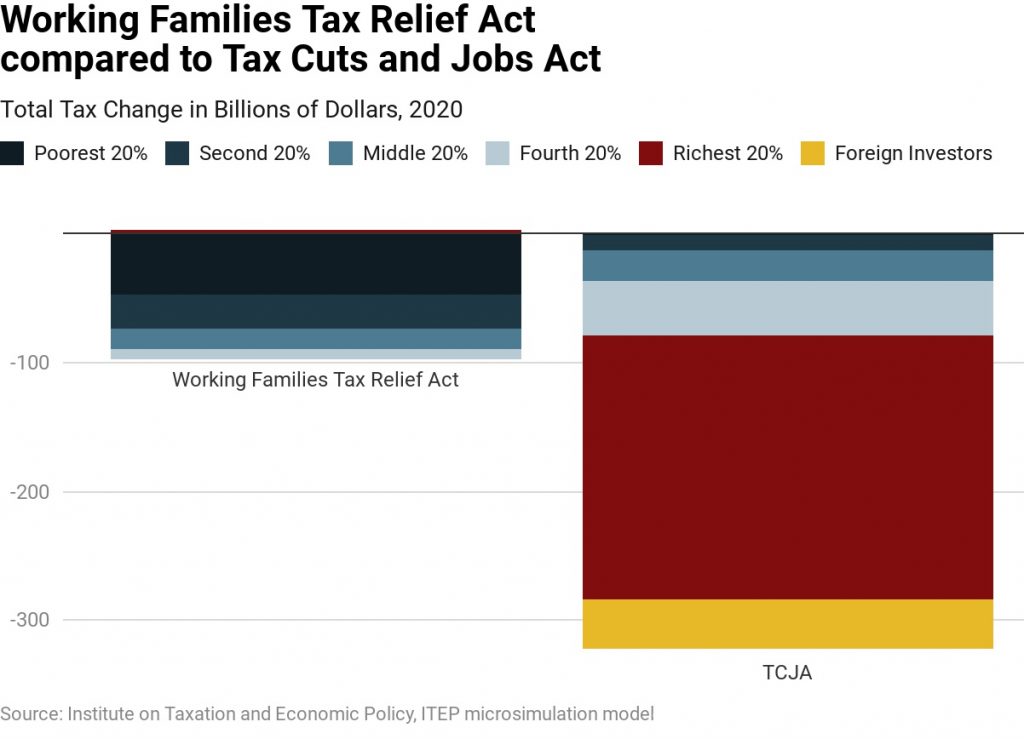Refundable federal tax credits, including the Earned Income Tax Credit (EITC) and Child Tax Credit (CTC), lifted 7.9 million people out of poverty in 2018.
This latest analysis from the U.S. Census Bureau demonstrates the power of federal programs to alleviate poverty and help low-income families keep up with the increasing cost of living.
In total, 38.1 million people lived in poverty in the United States in 2018, but millions more would have been in poverty if not for crucial government investments. The programs which lifted the largest number of people out of poverty in 2018 included: Social Security (27.3 million), refundable tax credits (7.9 million), and the Supplemental Nutrition Assistance Program (SNAP), which lifted 3.1 million people out of poverty.
These investments not only support adults but seniors and children, as well. Almost two-thirds of those lifted out of poverty by Social Security were seniors, and 52.8% of the individuals lifted out of poverty by refundable tax credits were children.
Expansions of the EITC and CTC could help even more children and families. The Trump Administration’s 2017 Tax Cuts and Jobs Act (TCJA) did expand the CTC, but it left in place many shortcomings that limit benefits for low-income children. TCJA also failed to make any improvements to the EITC—forgoing a key opportunity to direct more resources to low- and moderate-income people. At the same time, architects of the TCJA prioritized tax cuts which disproportionately benefit the highest-income households. In 2020, the richest 20 percent of taxpayers will receive 72 percent of the benefits the law provides. An additional $38 billion will go to foreign investors.
Federal lawmakers have recently announced at least eight proposals to significantly expand existing refundable tax credits or create new ones to benefit low- and moderate-income people. These proposals expand existing credits or introduce new credits to reach more low- and moderate-income households. For example, the federal CTC in its current form falls short of its potential to help low-income families because its refundable portion is limited and subject to an earnings requirement. The Working Families Tax Relief Act and American Families Act would address this issue by increasing the credit, making the full amount of the credit refundable, and eliminating the credit’s current earnings-based limit.
While the Working Families Tax Relief Act expands both the EITC and CTC, the American Families Act focuses its expansion on the CTC. Alternate proposals include: the Cost-of-Living Refund Act, which would expand the EITC to help 125.5 million people; the LIFT the Middle Class Act, which would create a new working families credit to help 178.4 million people; the Rise Credit which would replace the EITC with a new credit to help 159.9 million people; and the BOOST Act which creates a new credit not dependent on earnings and would help 218.0 million people.
Each of these proposals targets assistance to the bottom 60 percent of taxpayers, aimed at boosting incomes and helping families to weather the increasing costs of essentials, including housing, health care and child care. Black and Hispanic households—the same households that face higher obstacles to employment and persistent wage gaps reflecting discrimination in the labor market—are overrepresented in the bottom 60 percent of households relative to their share of taxpayers. Targeting low- and moderate-income families helps mitigate existing racial disparities, including those in the Tax Cuts and Jobs Act, which gives an outsized share of benefits to white taxpayers.
This morning’s Census release is a reminder that income inequality is the product of intentional choices. Effective tools to curb inequality and reduce poverty are at lawmakers’ fingertips. Operationalizing proposals, which better align fiscal policy with shared priorities, is less an obstacle than political will.





